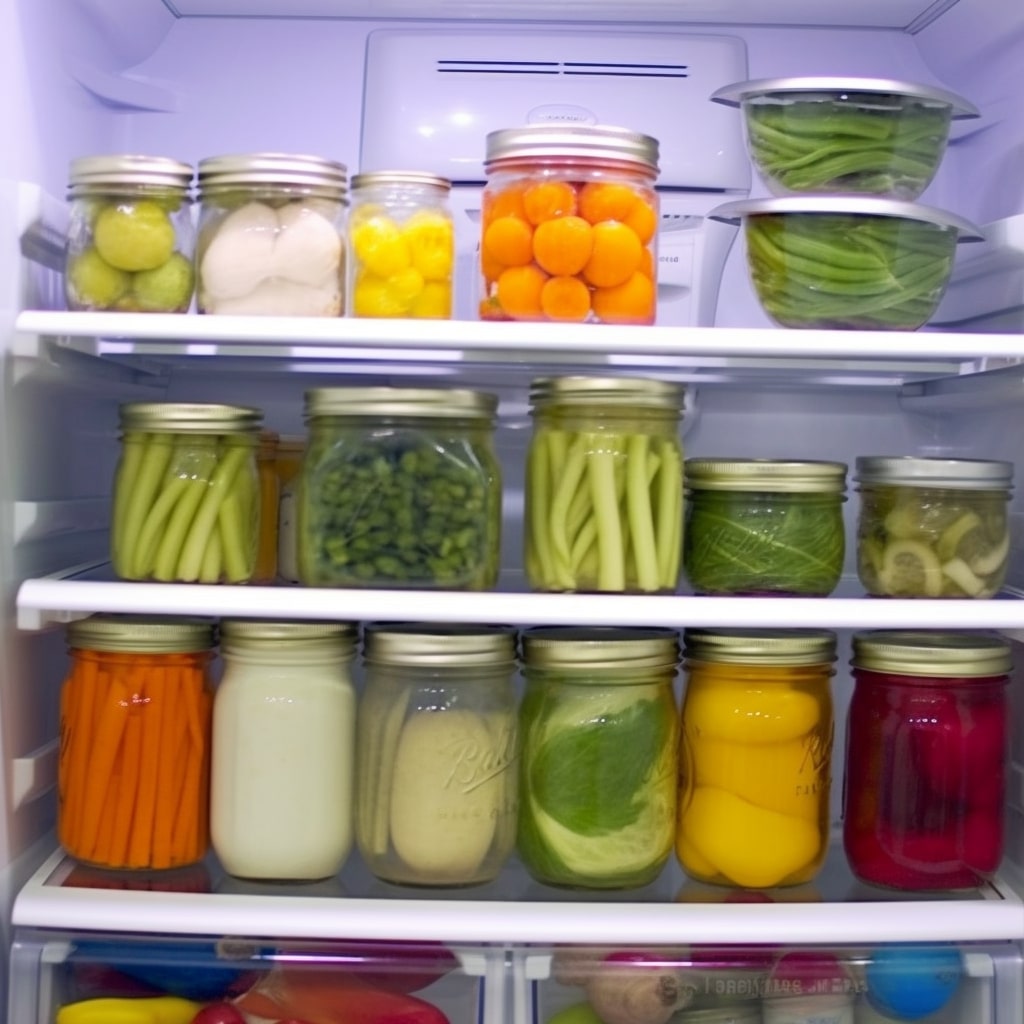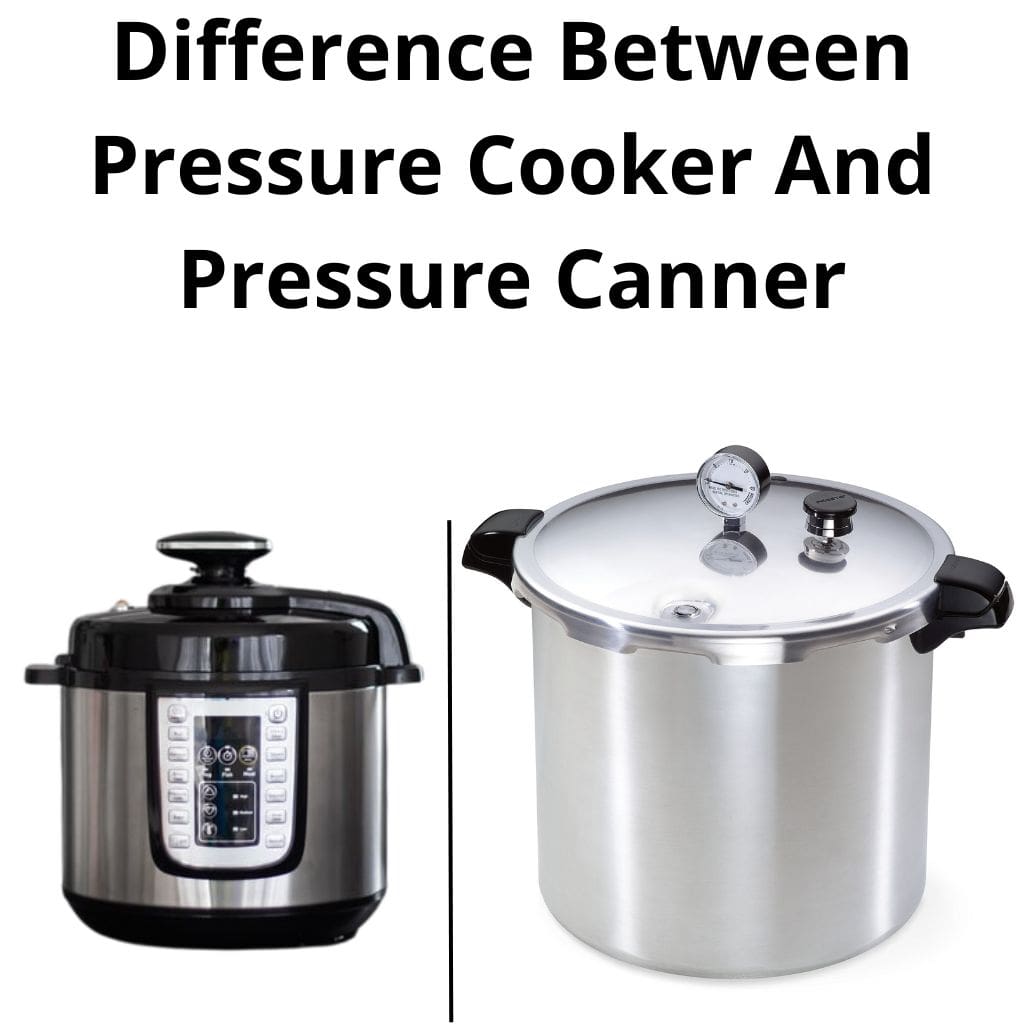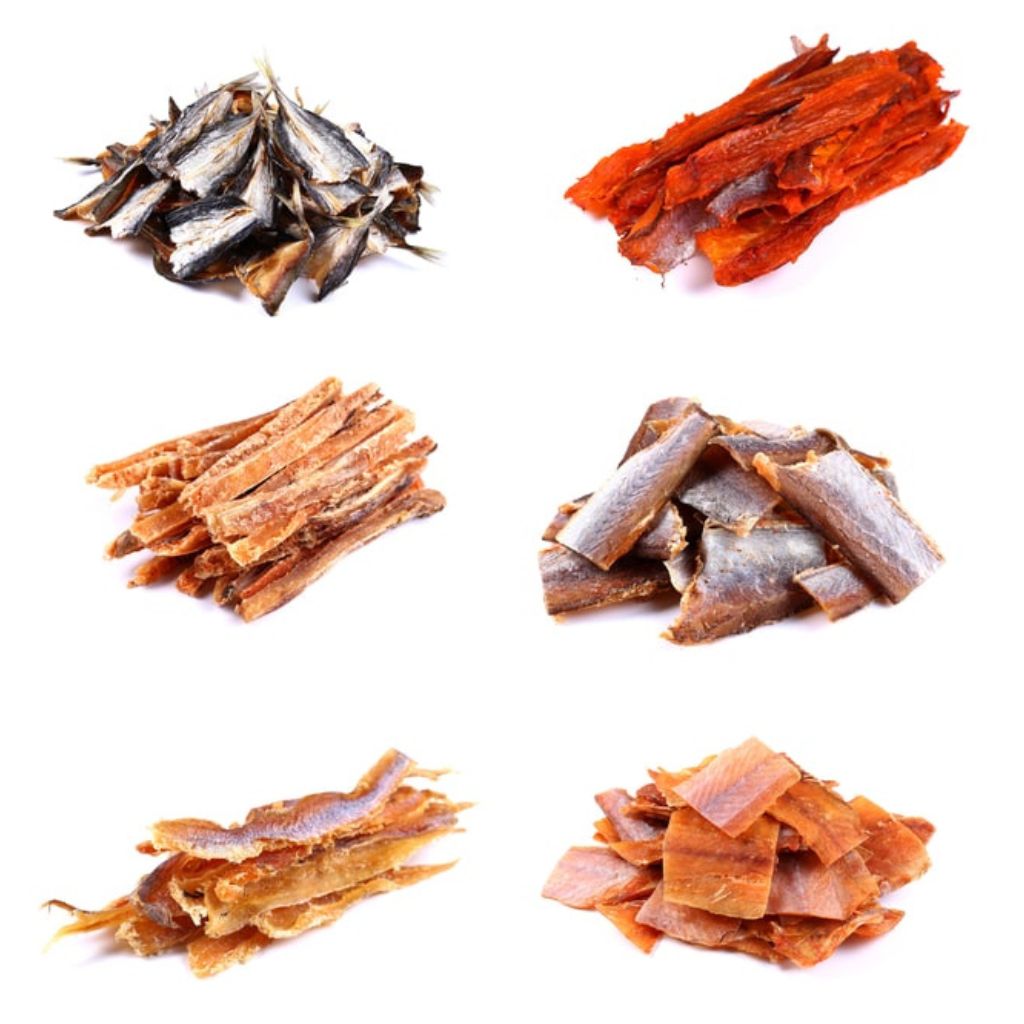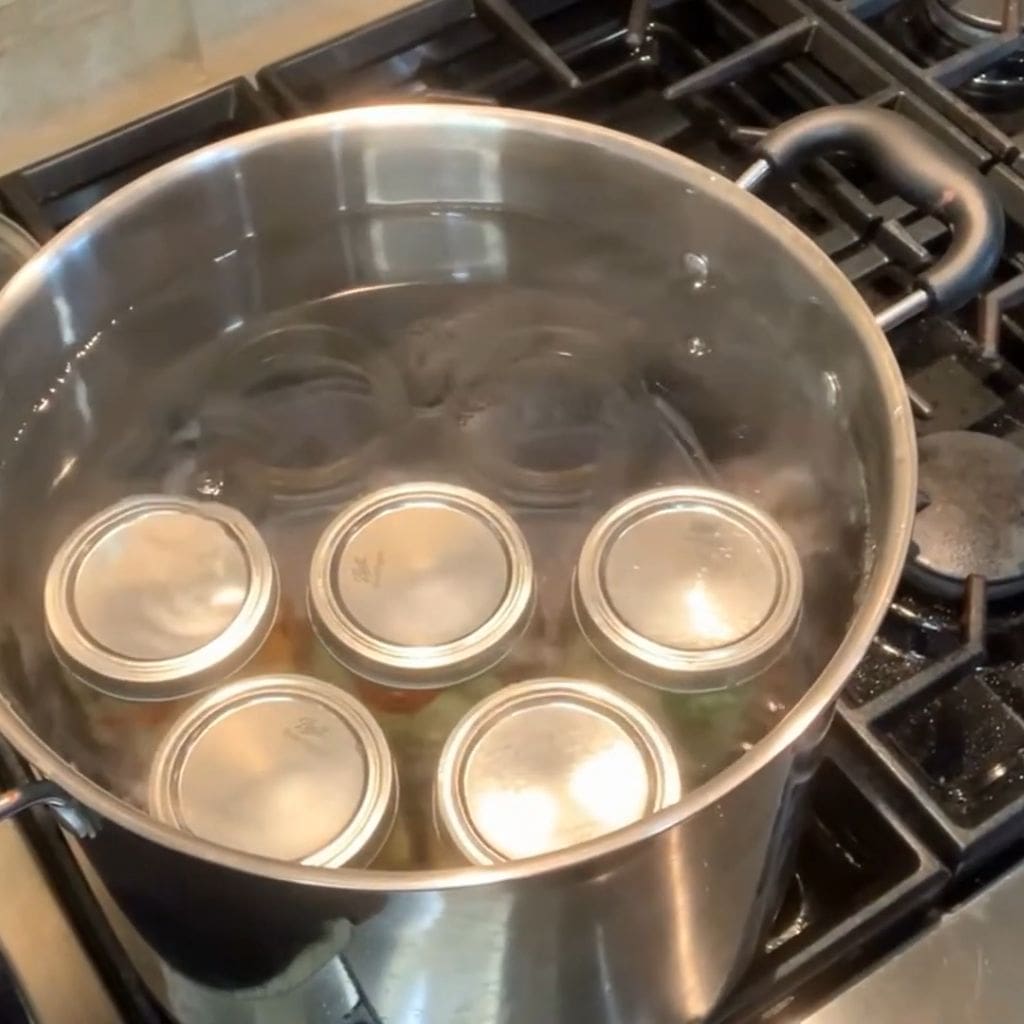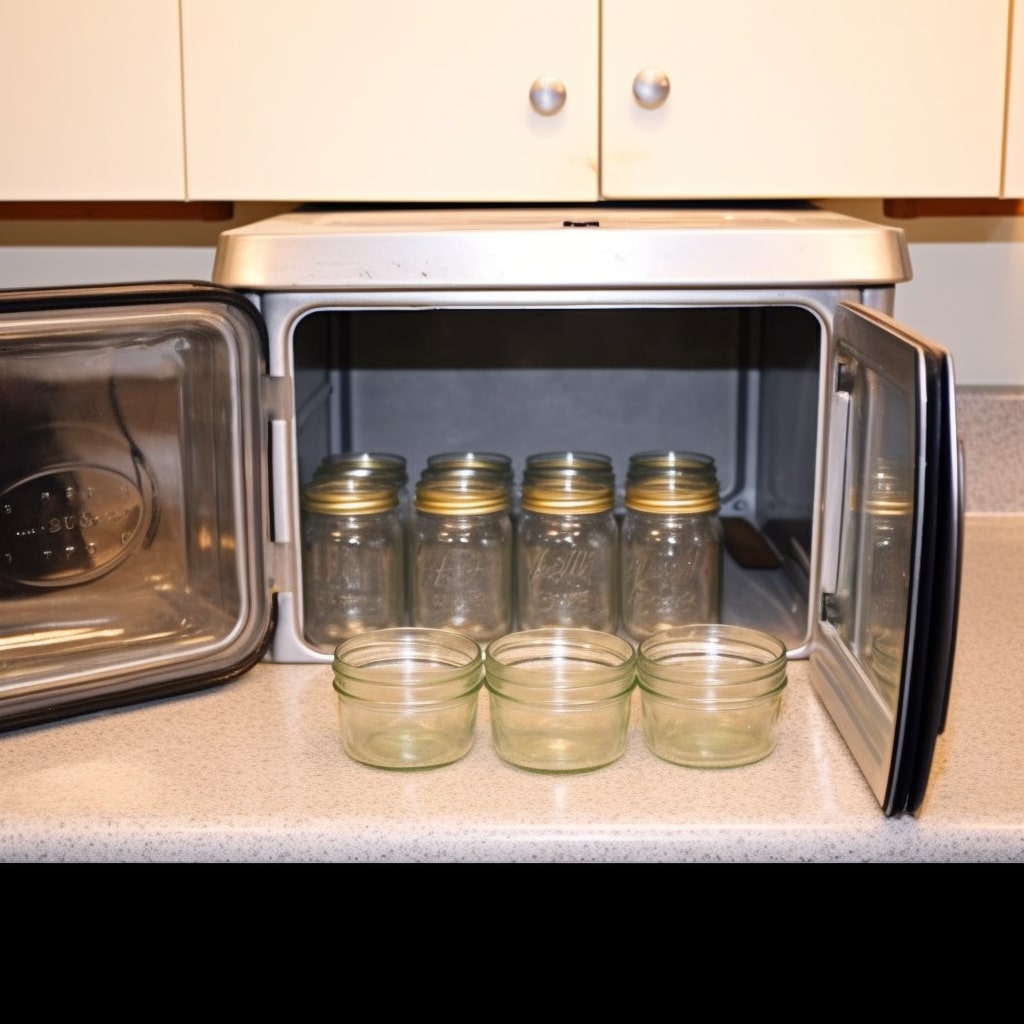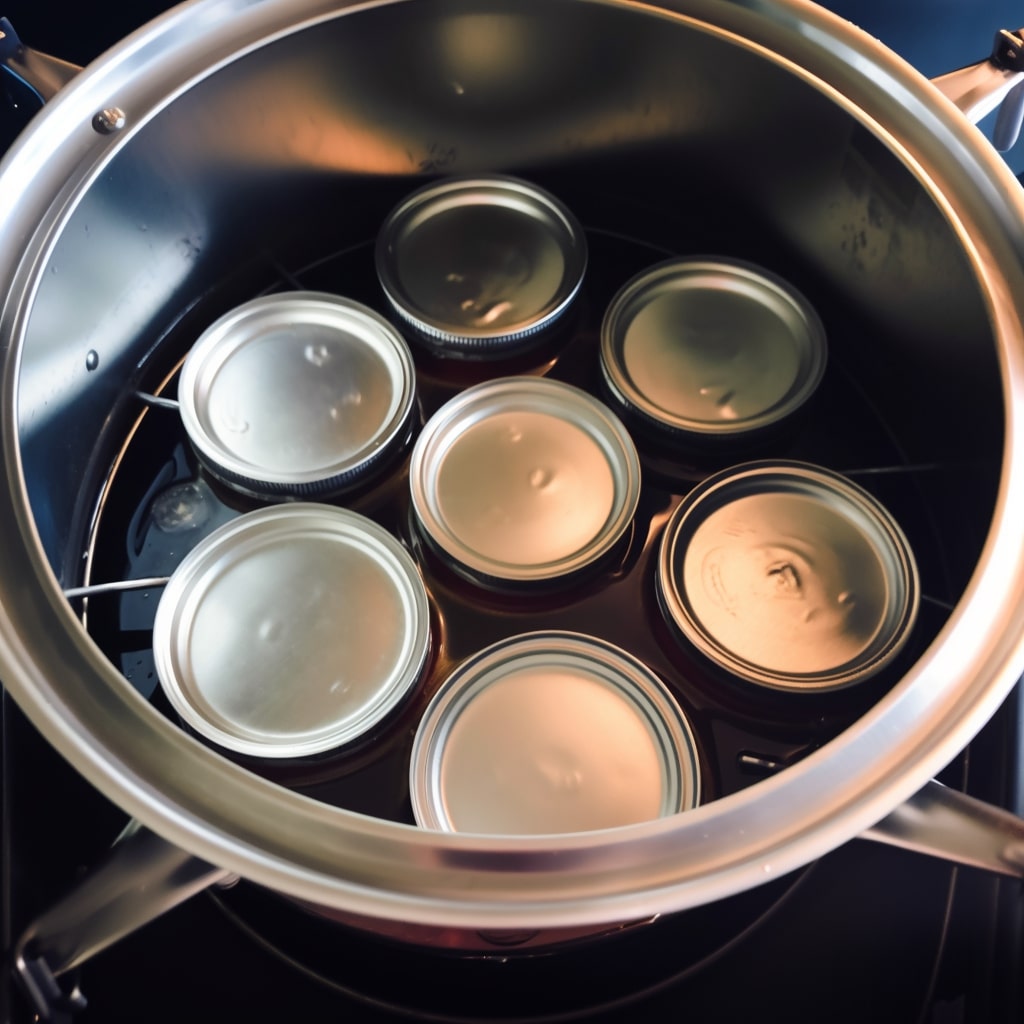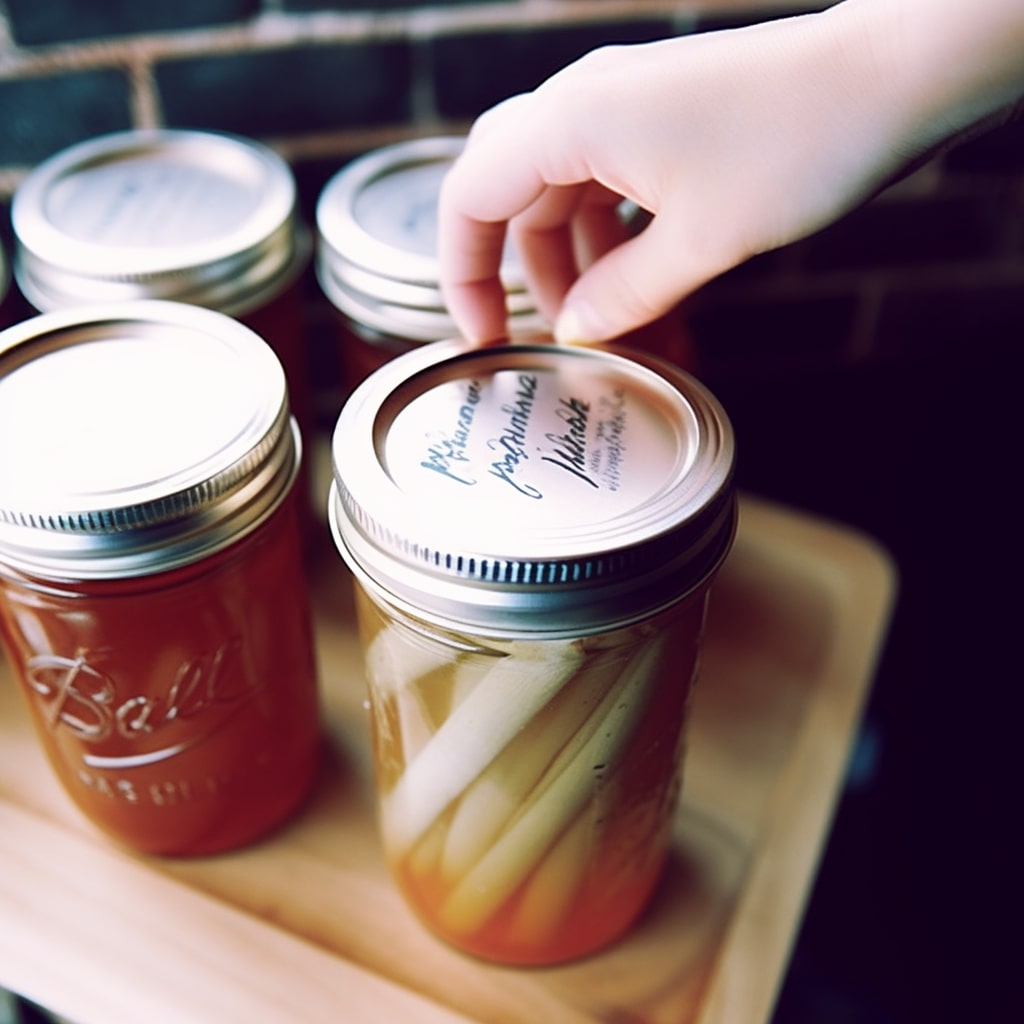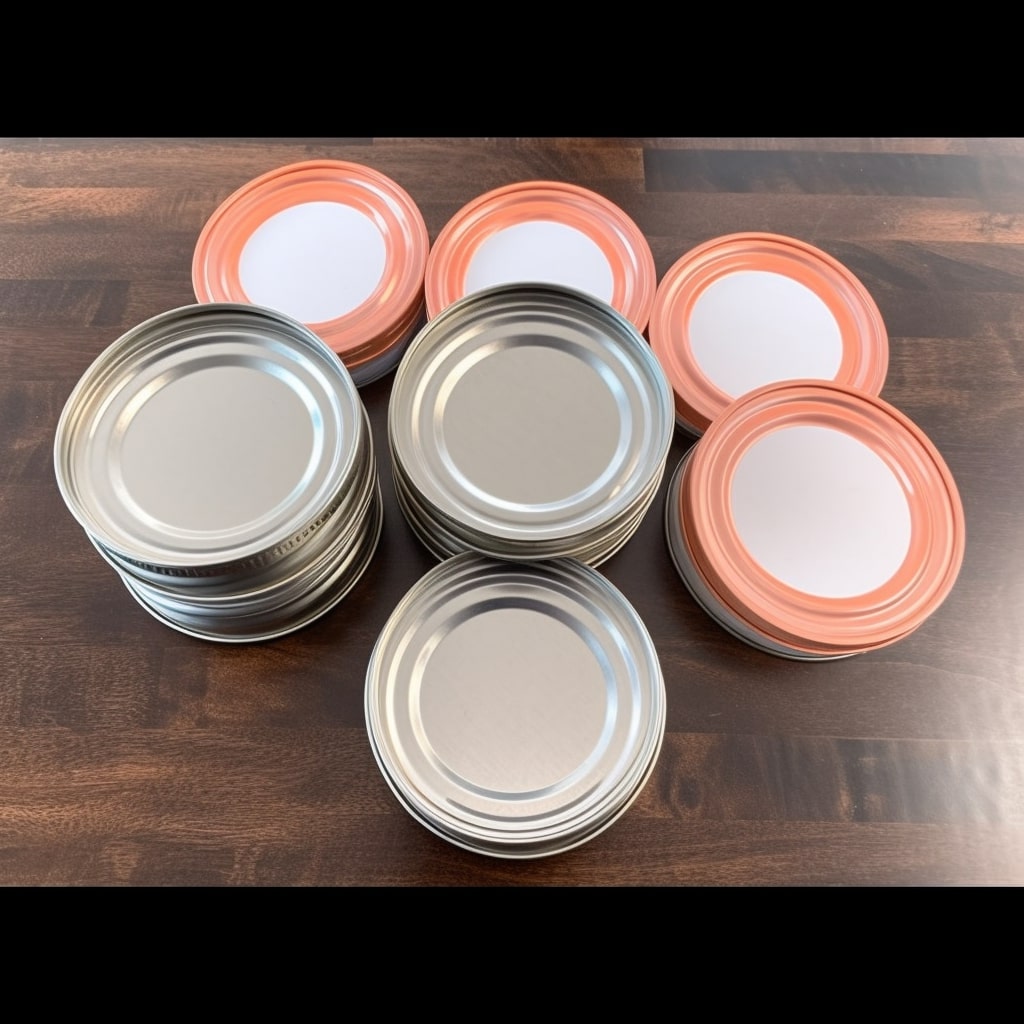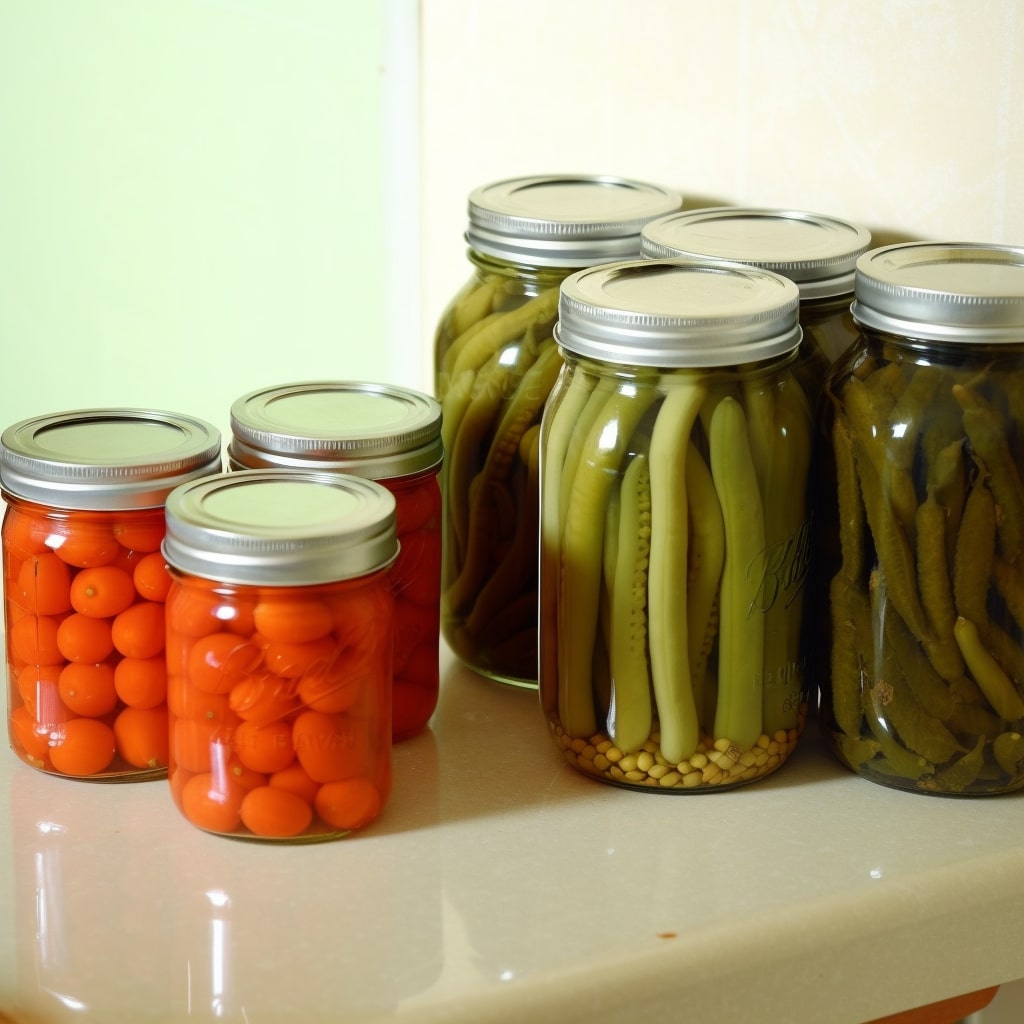Dehydrated food has been a pantry and rucksack staple for decades, providing ease, longevity, and nutritional retention.
However, one crucial issue remains: how long do dehydrated foods last? Is dehydrated food perishable, and if so, how can we ensure proper storage to extend its usability?
This article delves into the science of dried food shelf life, investigating elements that impact its lifetime and provides helpful insights on preserving the quality and safety of these pantry staples.
Why dehydrated foods?
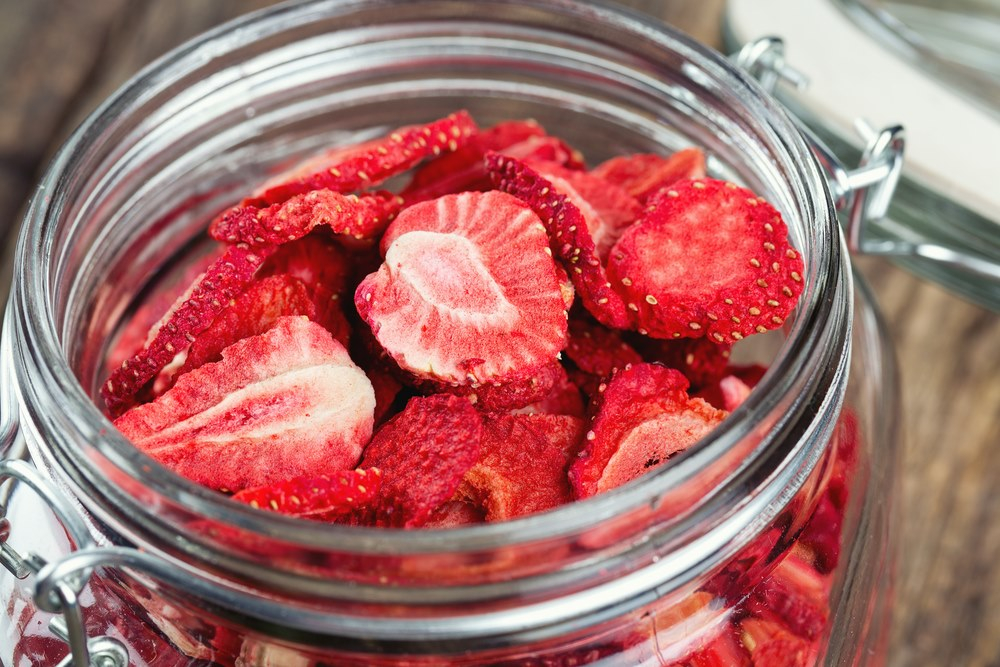
Dehydrated foods are an excellent method to keep fruits, meats, or even sea food like dehydrated fish and other goods fresh while keeping their key nutrients and tastes. Dehydration eliminates the water content from food, improving its shelf life and inhibiting the growth of bacteria, yeast, and molds, which can contribute to deterioration.
The lightweight and compact form of dehydrated meals is one of their most significant advantages. These meals become extremely portable by eliminating the water, making them excellent partners for outdoor activities such as camping and trekking. Consider the convenience of having a superb range of fruits and meats at your fingertips without the extra size and weight of fresh alternatives.
Furthermore, dried foods retain most of their nutrients during the drying process, making them exceptionally nutritious.
Whether you’re going on a hike or just looking for a quick snack, these nutrient-dense selections will keep you energized and satisfied.
Making your dehydrated meals may be a lucrative and enjoyable experience. If you enjoy cooking, you may experiment with new flavors and textures while benefiting from the natural benefits of your favorite foods. Food dehydrators, ovens, and other modern kitchen equipment make the procedure simple and effective, allowing you to enjoy a broad selection of dehydrated goodies whenever you choose.
For those interested in more conventional ways, the sun’s power may also be used to dehydrate food. This traditional practice ties us to our culinary ancestors and provides an ecologically responsible method of preserving food without the need for power. And if you have fallen in love with dehydrating method at the moment, why not trying out our Dehydration food preservation method.
How long do dehydrated foods last?
Dehydrated food is becoming a popular alternative for outdoor exploration and travel due to its lightweight and long-lasting qualities. But have you ever wondered how long dehydrated food lasts? Let us investigate the solution to this question and learn the secrets behind its long shelf life.
Without Vacuum Sealed
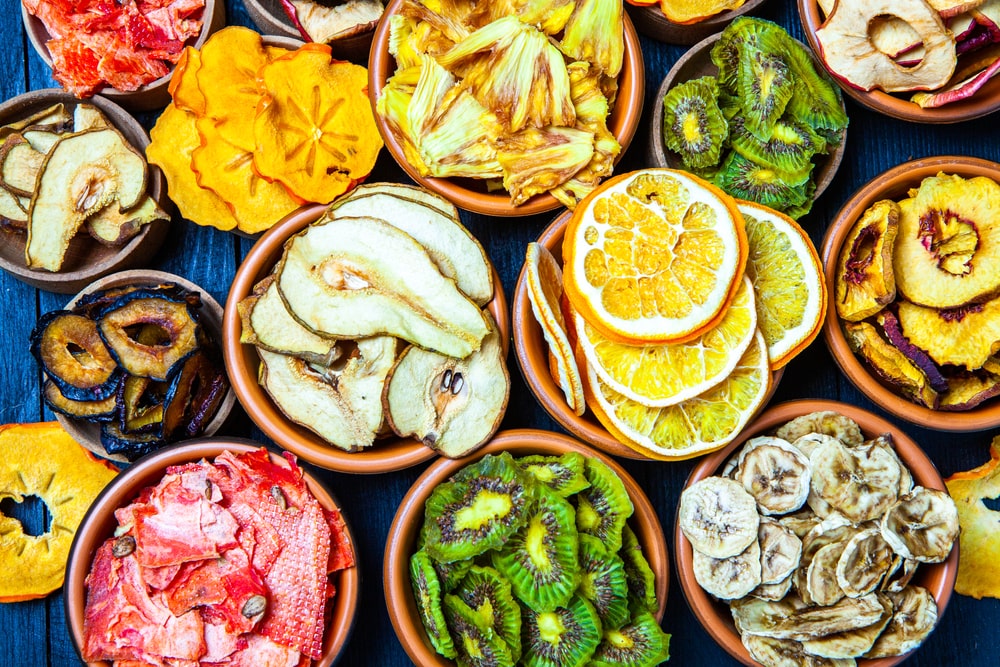
If you’ve ever wondered about the shelf life of your dehydrated goodies, we’ve got you covered. Let’s dive into some general guidelines on how long your dehydrated treats can stick around.
Fruits & Vegetables: When properly prepared and stored at around 60°F (15.5°C), dehydrated fruits can maintain their flavor and quality for up to a year! Conversely, vegetables tend to last for about 6 months under similar conditions (source: NCHFP).
Fruit Leathers: These chewy delights are a crowd-pleaser, and if stored at room temperature, they’ll keep their goodness intact for up to a month. But if you want to stock up and have a whole year’s supply, why not pop them into the freezer? Fruit leathers can be frozen for up to a year, ensuring you have a delightful snack stash that lasts!
Meat: Savory jerky and dehydrated meat can be enjoyed for 1 to 2 months. These meaty treats are a fantastic option if you’re planning an outdoor adventure or need a protein-packed snack during a busy week.
Grains, Beans, and Rice: These staples are the backbone of many meals, and when dehydrated and stored correctly, they can last for an entire year. Imagine having a pantry with nutritious and long-lasting grains and legumes ready to enhance your culinary creations!
Vacuum Sealed
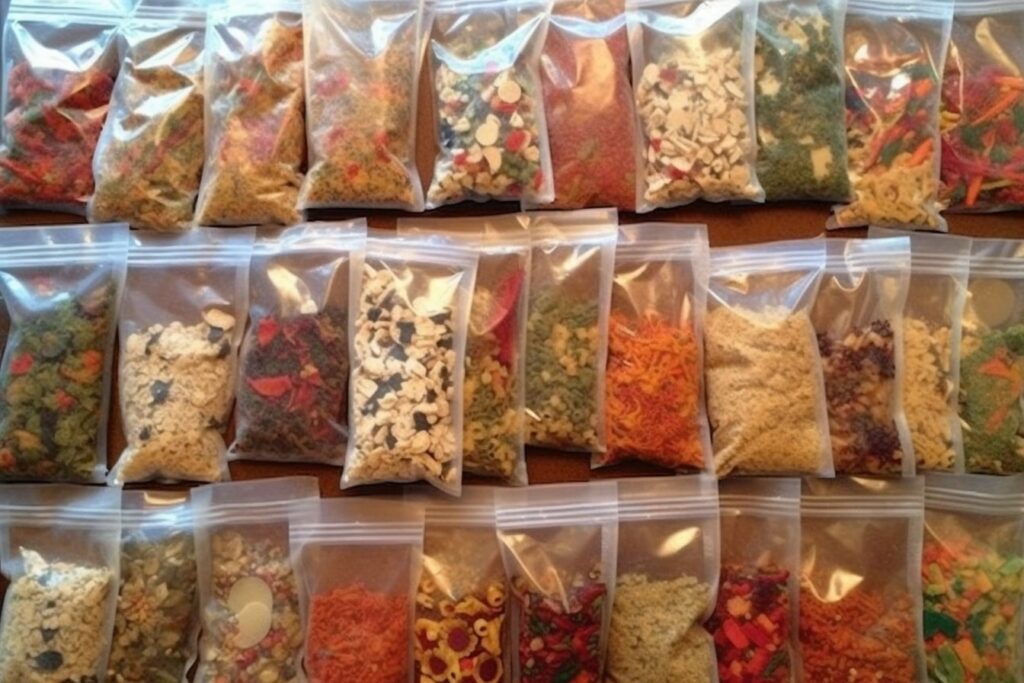
Vacuum sealing is an excellent preservation technique that produces a regulated and protected environment for dried goods, ensuring they remain fresh and flavorful for long periods. Let’s explore the fascinating realm of shelf life!
Fruits are delicious when dehydrated and vacuum-sealed. Dehydrated fruit may be kept fresh for up to 2 years if maintained at a cool temperature ranging from 50°F (10°C) to 70°F (21°C). That’s a lot of juicy deliciousness!
Let us now discuss meat. For outdoor lovers and explorers, vacuum-sealed dehydrated beef is a game changer. When refrigerated below 70°F (21°C), your delicious jerky or other dehydrated meats will survive at least 6 months.
But here’s a pro tip to help you enjoy your protein even longer: aim for an optimal temperature of approximately 50°F (10°C) to retain quality and increase the shelf life even further!
And the vegetables, how they sparkle when dehydrated! When kept below 70°F (21°C), vacuum-sealed dried veggies can keep their vitality for 2 to 3 years. Lower temperatures around 50°F (10°C), like meat, can give you more time to appreciate your dried garden pleasures.
But wait, we’re still going! Let’s chat about beans. When vacuum-sealed and stored below 70°F (21°C), dehydrated beans have an outstanding shelf life of 2 to 3 years, possibly even longer. That’s true; your dependable beans might remain your constant buddies for quite some time!
Can dehydrated foods spoil?
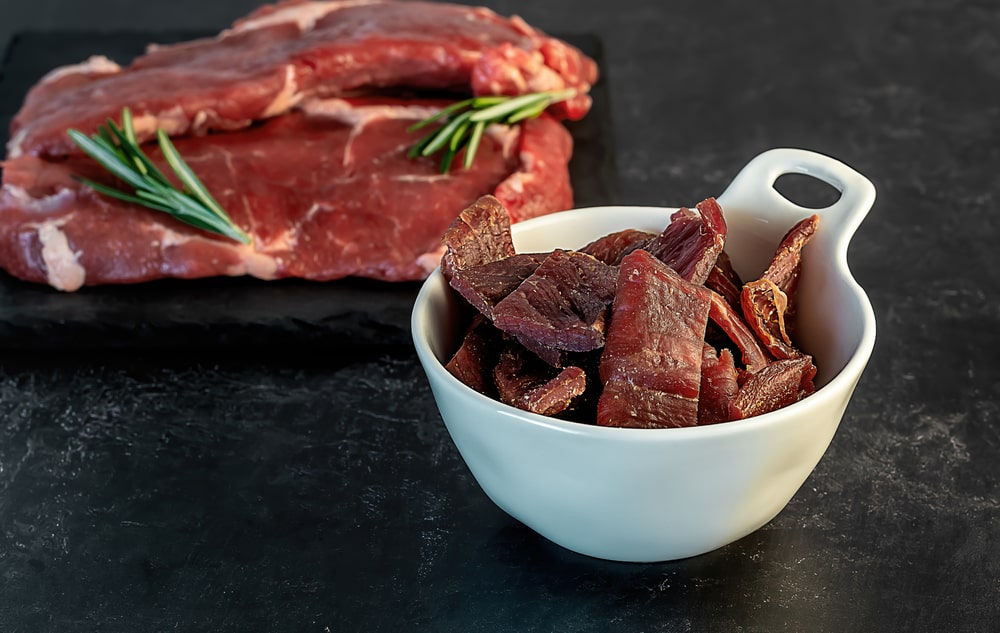
Absolutely! Dehydrated foods might spoil, but with the proper information and storage procedures, you can enjoy the advantages of dehydrated foods for a prolonged time.
When properly dehydrated and kept, these foods have a far longer shelf life than fresh meals. They are not, however, impregnable, and many factors might compromise their quality and safety over time.
Temperature is one of the most important elements determining the shelf life of dehydrated goods. Keeping your dehydrated foods at a cool and consistent temperature is critical. Food stored at 60°F (15.5°C) can, for example, survive twice as long as food stored at 80°F (26.6°C). Finding a cold, dry location for your hoard is, therefore worthwhile!
When it comes to dried goods, moisture is their worst enemy. The dehydration process aims to eliminate as much moisture as possible to avoid spoiling.
Store your dehydrated goodies in airtight containers or vacuum-sealed bags to keep moisture away.
Oxygen can also hurt the shelf life of dehydrated goods. The degradation of nutrients and tastes caused by oxidation results in a lower shelf life. As a result, vacuum-sealing or utilizing oxygen absorbers can help preserve the quality of your dehydrated foods.
Another thing to be aware of is light. Light exposure can cause dehydration food to degrade, leading to nutritional loss and off-flavors. Store your snacks in opaque containers or a dark cupboard to keep them safe.
While the thought of dried goods going bad may seem intimidating, don’t let it deter you! You may extend the shelf life of your dehydrated items and enjoy their flavor and nutritional advantages for a long time with a little care and attention.
Methods extending dehydrate foods shelf life
Whether preparing meals for an upcoming trip, embarking on a backpacking adventure, or simply seeking a convenient way to store your delectable creations, we’ve covered you with some fantastic storage methods to keep your dehydrated foods at their prime.
Usage of zip container with help of fridge

For short-term storage, say up to a week or two before your journey, you can’t go wrong with a trusty zip-top bag in the fridge.
It’s essential to allow your food to come to room temperature before opening the bag, preventing any sneaky moisture from causing trouble. However, remember that this method is meant for short-term storage since regular zip-top bags are only partially airtight.
Airtight Containers
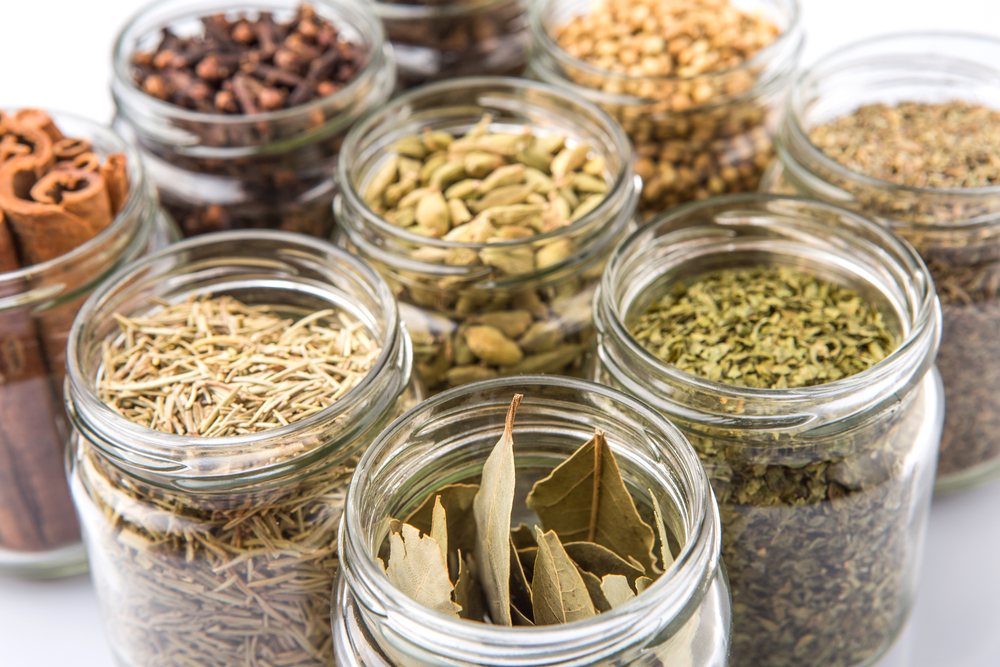
For those who enjoy the convenience of properly dried food at their fingertips, an airtight glass or hard plastic container with a reliable seal, like canning jars, will do the trick! Simply find a cool, dark, and dry place to store these culinary treasures, and they’ll be ready for your culinary masterpieces whenever needed.
Vacuum Sealing
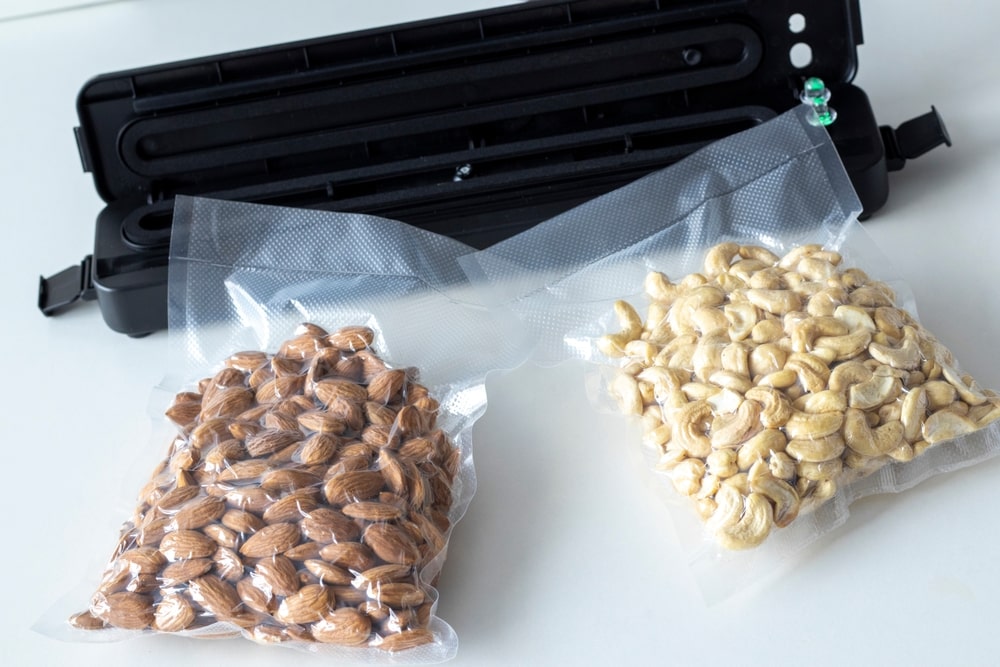
Vacuum sealing is a game changer when it comes to more dried meals or items awaiting their culinary debut! When opening and resealing jars, include a desiccant package – this ingenious little assistant absorbs any moisture that may get in during those moments of delectable discovery. Remember to re-vacuum seal after each usage to keep everything fresh and delicious.
Using vacuum seal bags is another fantastic option, especially if you’re looking at long-term storage or sending out resupply boxes. Seal in those flavors and nutrients, ensuring your culinary creations retain their mouthwatering appeal for all your adventures.
Mylar Bags
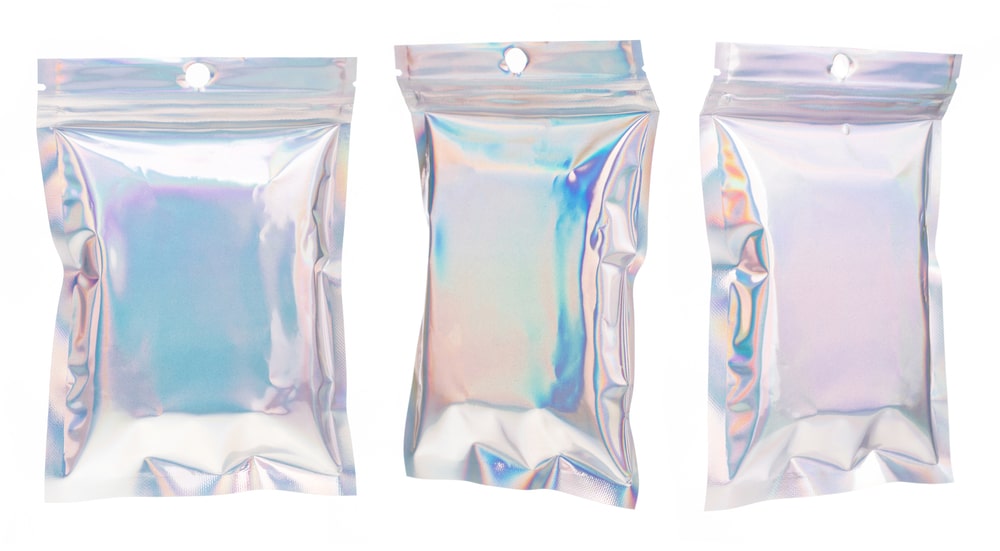
If you want to store items for extended periods but don’t want to invest in a vacuum sealer, mylar bags with O2 absorbers are an excellent option!
These mylar bags keep your food fresh, and some can also withstand boiling water straight inside them for simple trail rehydration. More time enjoying your meals and the beautiful outdoors equals less mess!
Desiccant Packets or Oxygen Absorber Packets
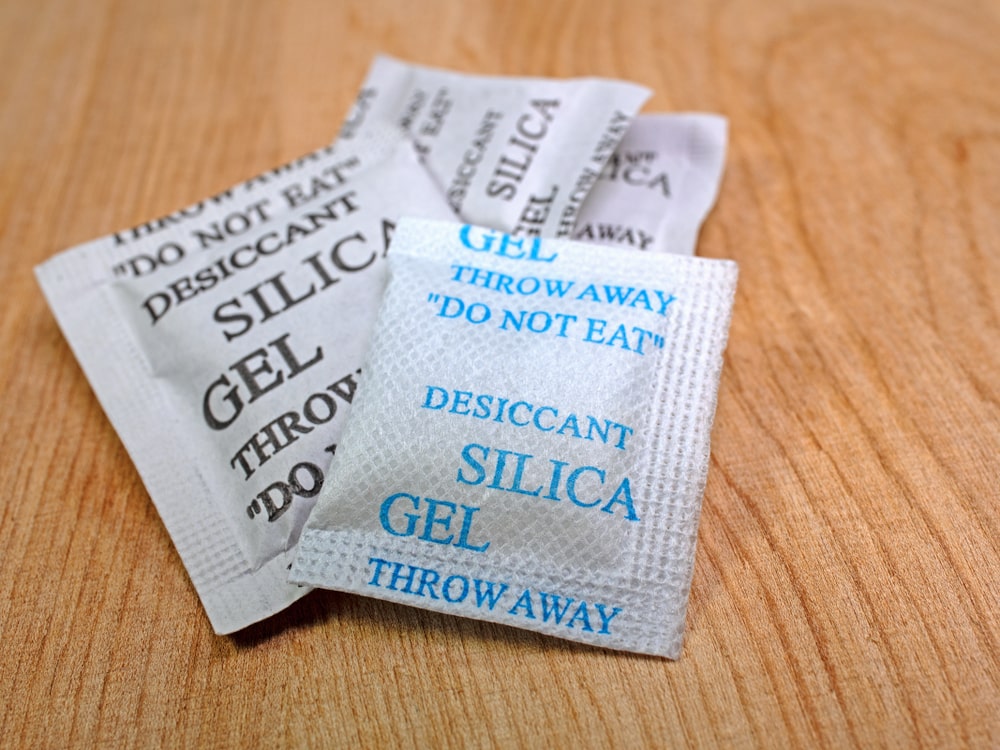
You might be curious about these dependable companions that maintain your dehydrated meals in top shape. Desiccant packets absorb moisture, making them perfect for vacuum-sealed jars or substances that require extra moisture protection.
However, oxygen absorber packets are the way to go if you use heat-sealed mylar bags or canning jars without a vacuum sealer since they combat the bothersome oxygen that can lead to spoiling.
Helpful Pointers on Storing Dehydrated Food
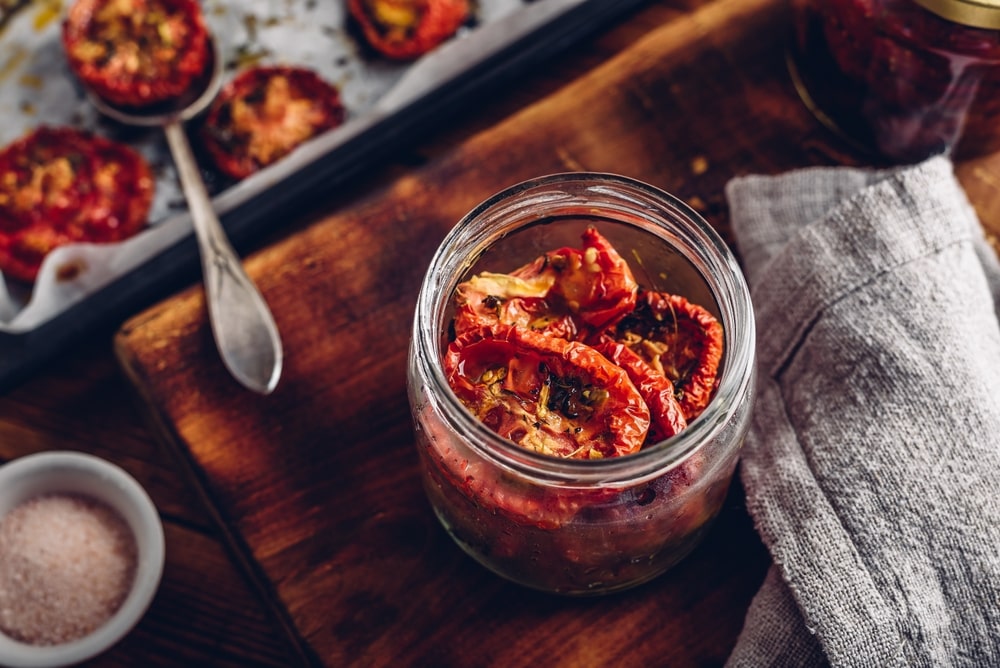
Dehydrated foods are convenient and delicious and offer a great way to preserve your favorite ingredients for extended periods. To ensure your dehydrated delights retain their flavor and nutritional value, follow these four simple yet essential tips for storing them like a pro!
- Embrace Dry Spaces: Moisture is the enemy of dehydrated food storage. Seek for dry settings with low humidity levels for maximum preservation. This will preserve your dehydrated goods from the negative consequences of water contact, such as going rancid. So, as your dehydrated food’s new home, select a cool, dry cabinet or a well-ventilated pantry.
- Befriend the Shadows: Although sunlight provides energy for many things, it is not the best buddy of dried foods. Exposure to direct sunlight might hasten the breakdown process and result in taste loss. Instead, store your dried goodies in cool, dark places to give them the shade they deserve. Keep your dehydrated meals in a cellar or a cabinet away from direct sunlight.
- Air-Tight Allies: Another strong opponent in preserving dried goods is oxygen. It begins the dreaded oxidation process, which might degrade the quality of your meticulously prepared treats.
To avoid this, store dehydrated foods in airtight containers. Glass jars, plastic bags with tight zippers, or vacuum-sealed bags are your dependable partners in the fight against spoiling. But want a hint? Add oxygen absorbers to your containers for an added layer of preservation magic!
- Chill Out in the Cold: To extend the shelf life of your dehydrated delights, give them the gift of a cool environment. Choose the coldest place available, like a basement or a cool cellar, to keep your treats fresh for the longest time. Alternatively, for long-term storage, the refrigerator can become a sanctuary for your dehydrated food, ensuring they remain flavorsome and ready for whenever your craving strikes.
You’re now well-equipped to master the art of keeping dehydrated food thanks to these four fantastic techniques. Whether you’re an experienced traveler, a busy home cook, or simply enjoy the flavor of dried goodies, the following strategies will keep your food fresh, tasty, and nutrient-dense.
Popular Dehydrating food recipes to discover
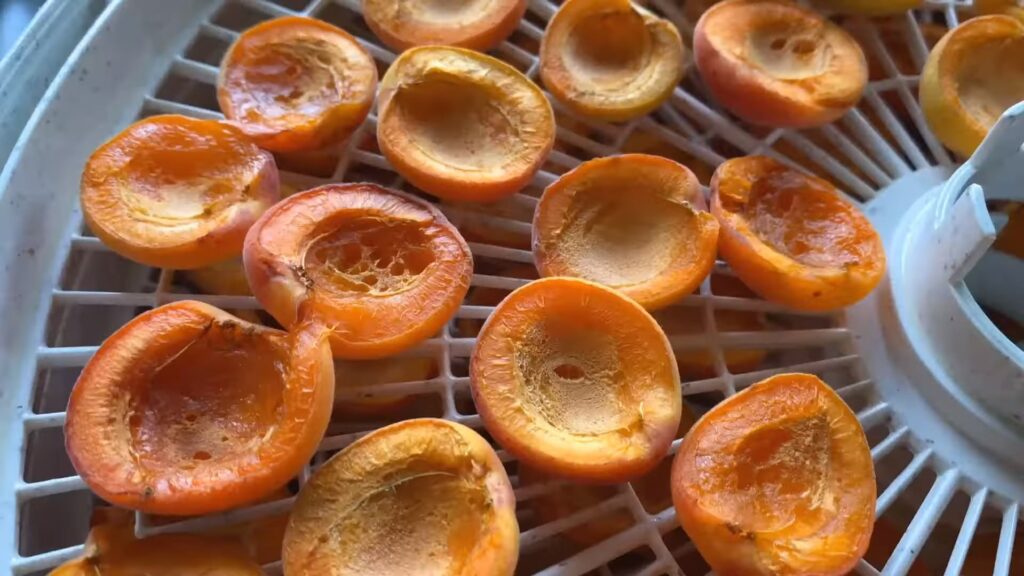
Dehydrating is a terrific method to preserve and improve the flavors of your favorite ingredients, whether you’re a seasoned home cook or a curious food enthusiast. Dehydrated foods provide a new arena of possibilities in the kitchen, from making delectable snacks to boosting your gourmet masterpieces.
Manzanillanyc is passionate about sharing dehydrating food recipes that excite your taste buds and inspire creativity. From classic favorites to innovative combinations, our collection of popular dehydrating recipes will guide you through the process step-by-step. Unleash the potential of fruits, vegetables, herbs, and even meats as you explore the art of dehydrating with our brand:
Conclusion
Finally, dehydrated food provides a realistic method for storing and enjoying a wide variety of foodstuffs over extended periods of time. Because it has a longer shelf life than fresh vegetables, so it is a vital asset in ordinary and emergencies.
We can guarantee that these culinary pleasures preserve their flavor, nutritional value, and safety for a longer period by knowing the elements impacting the lifetime of dried food, or how long do dehydrated foods last and implementing suitable storage procedures.

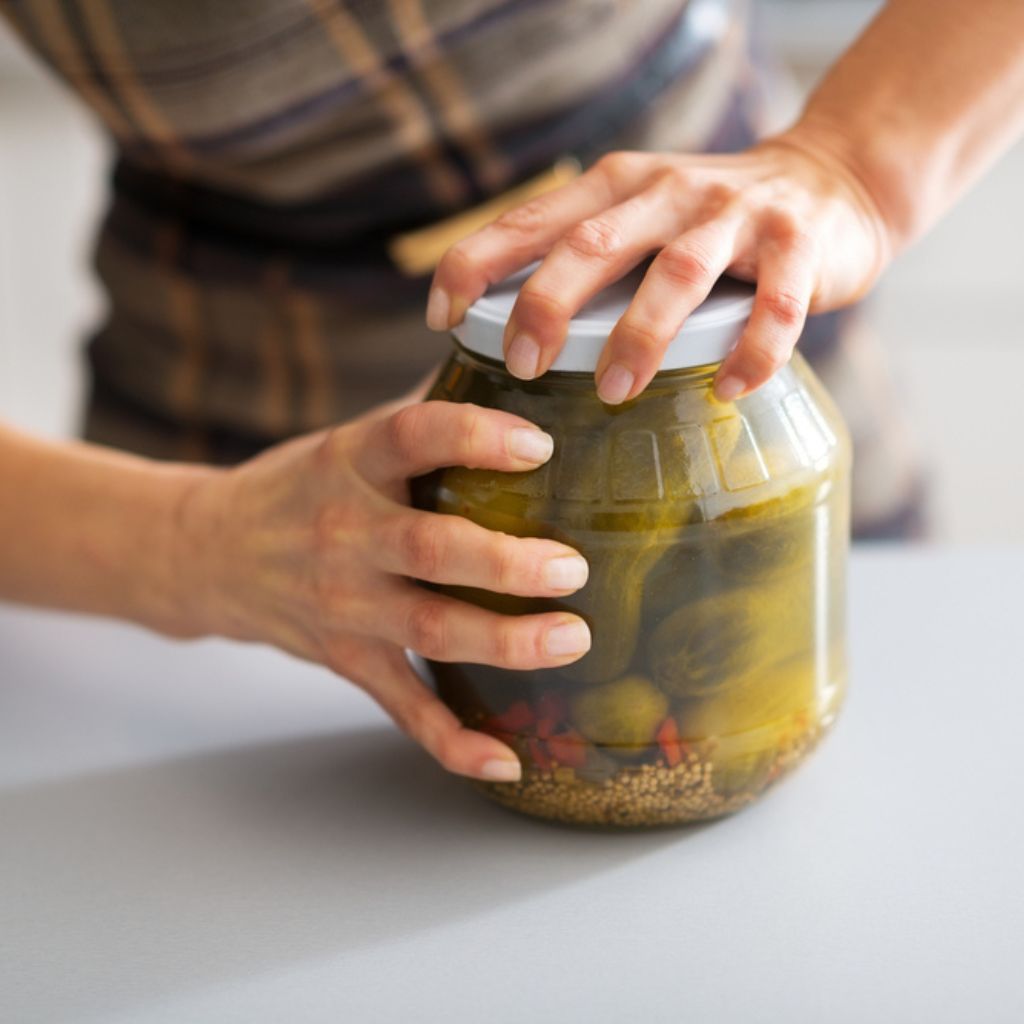
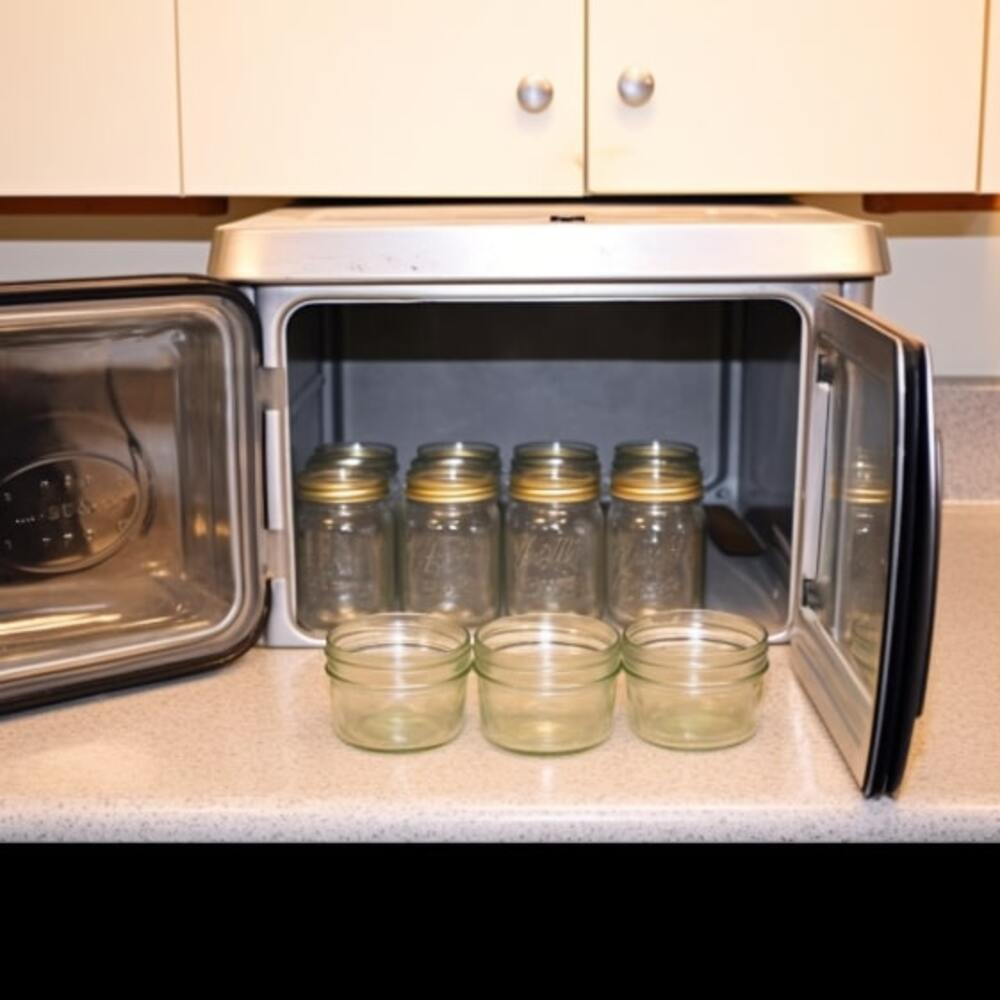
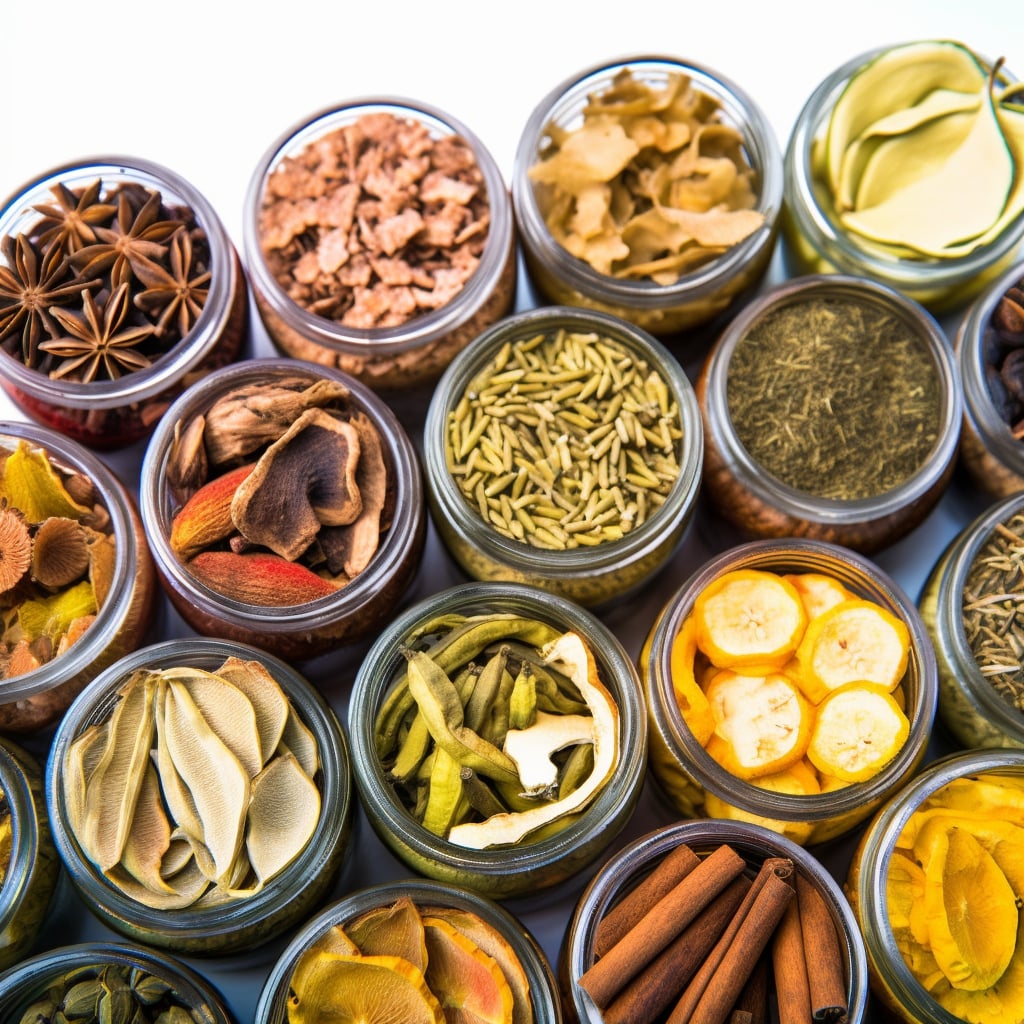
![Top 5 Best Jar Opener for Seniors Elderly [Updated 2023]](https://manzanillanyc.com/wp-content/uploads/2023/07/Top-5-Best-Jar-Opener-for-Seniors-Elderly-Updated-2023.jpg)

